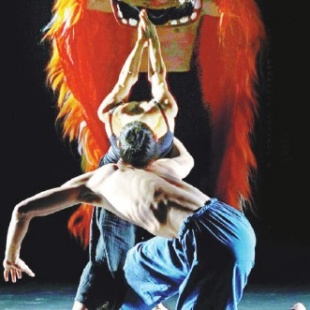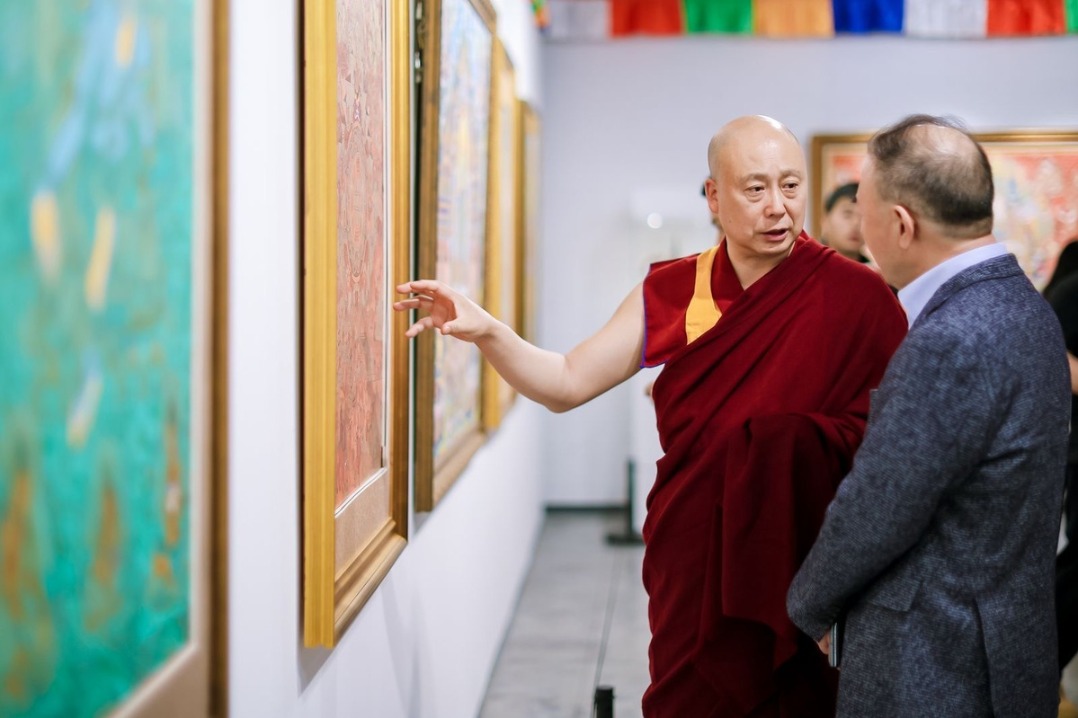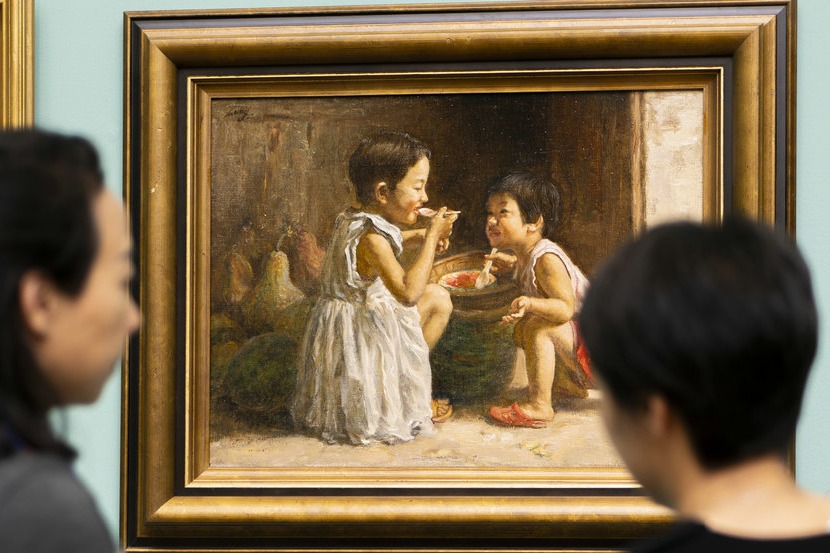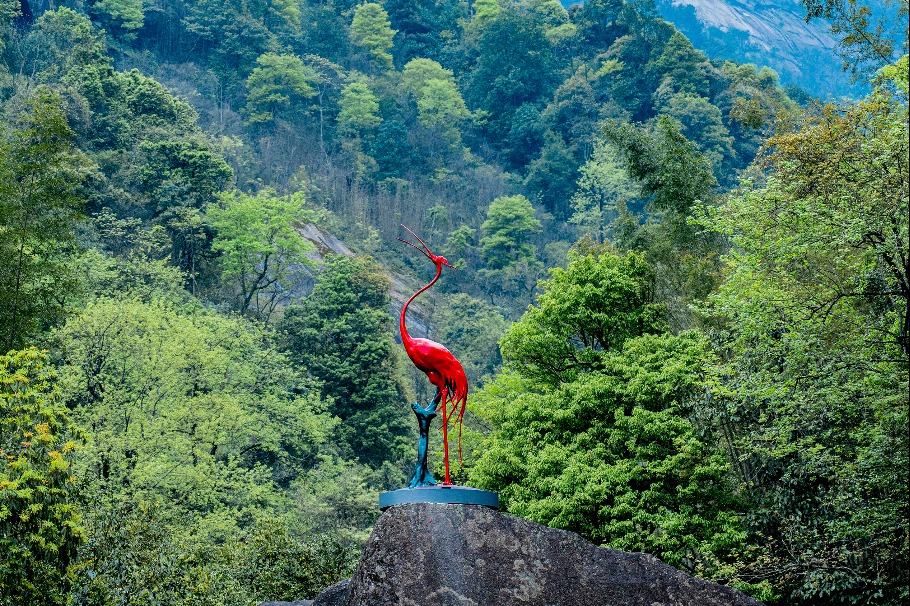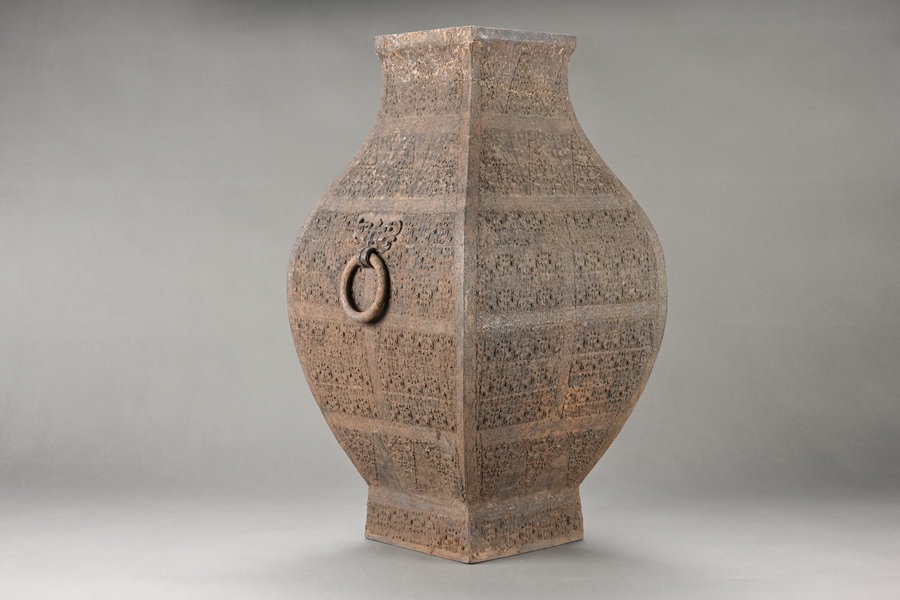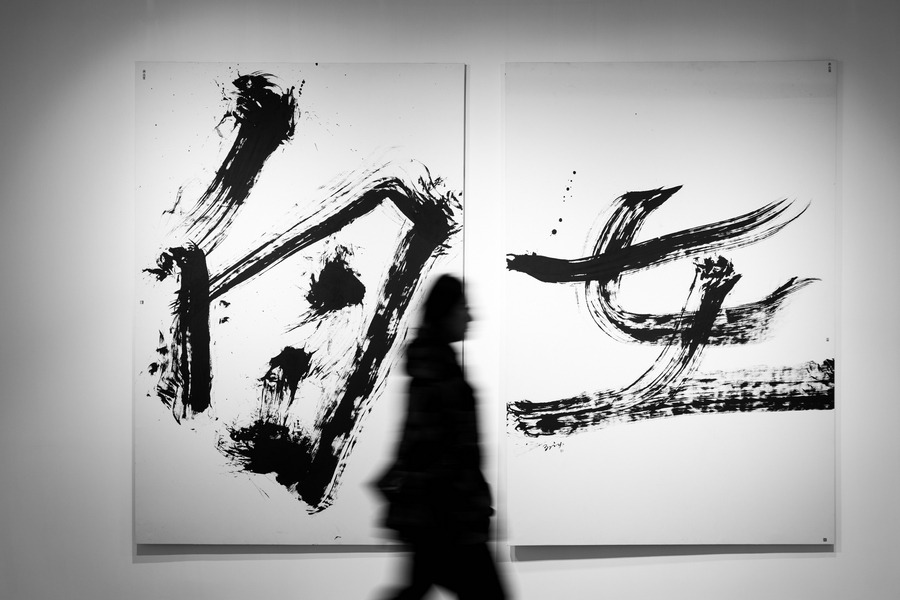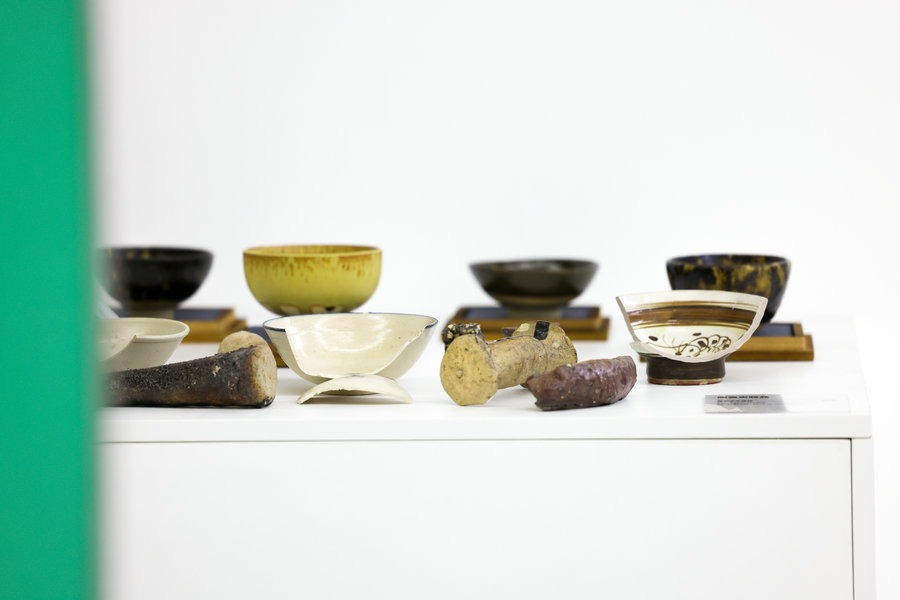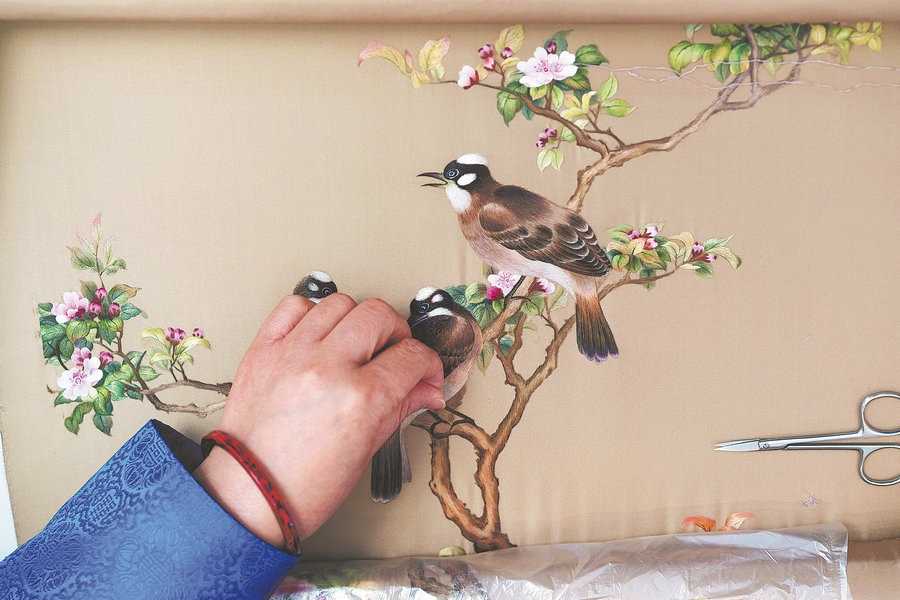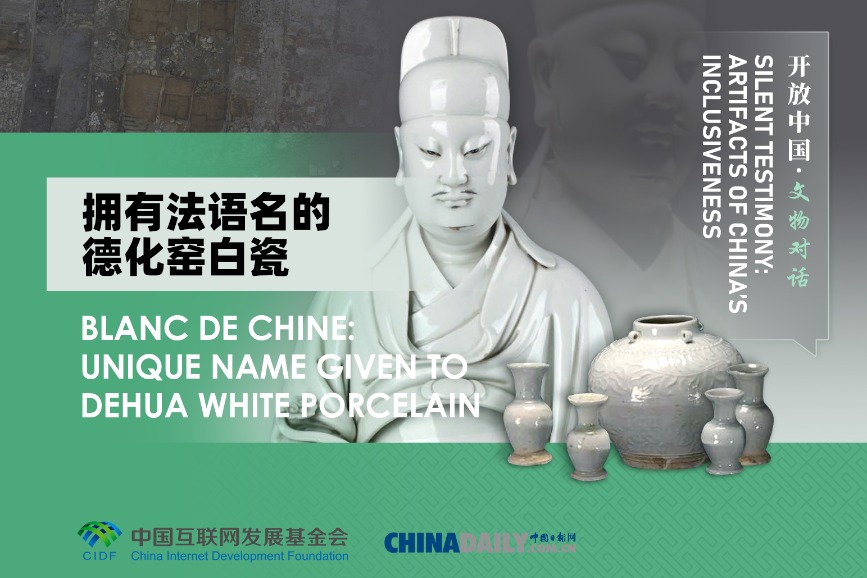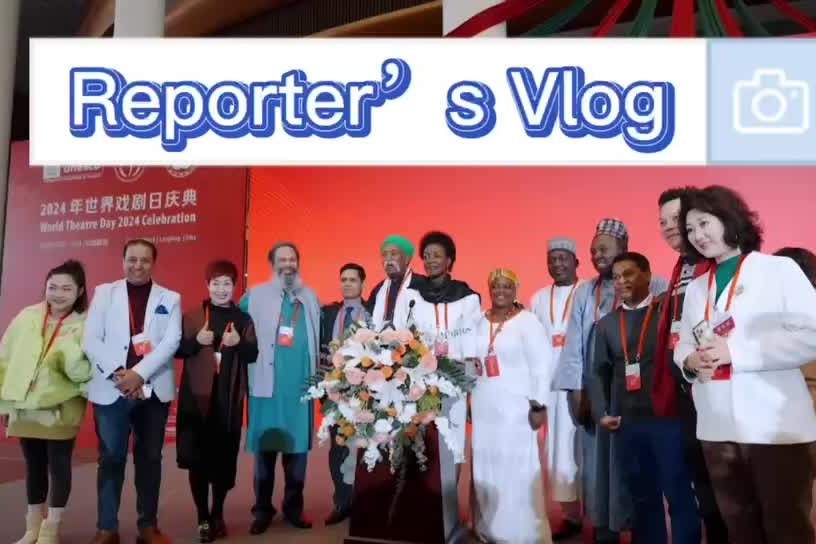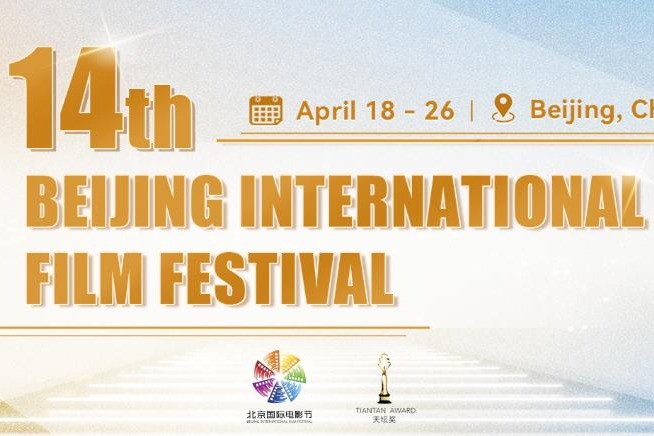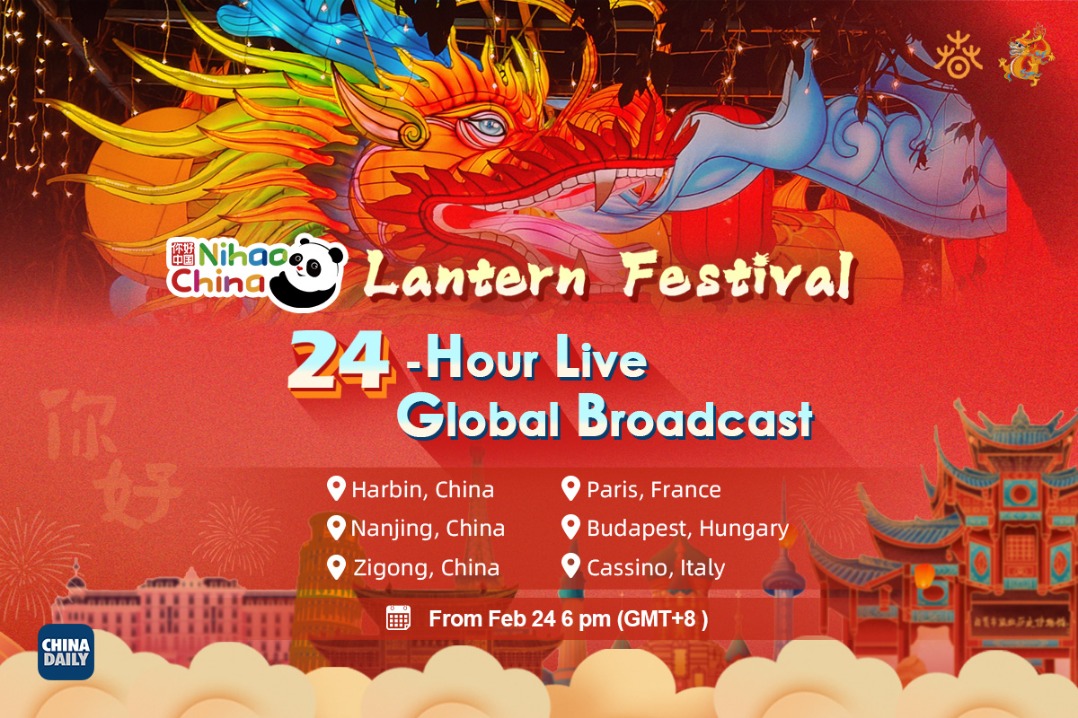Chinese perspectives in a western classic

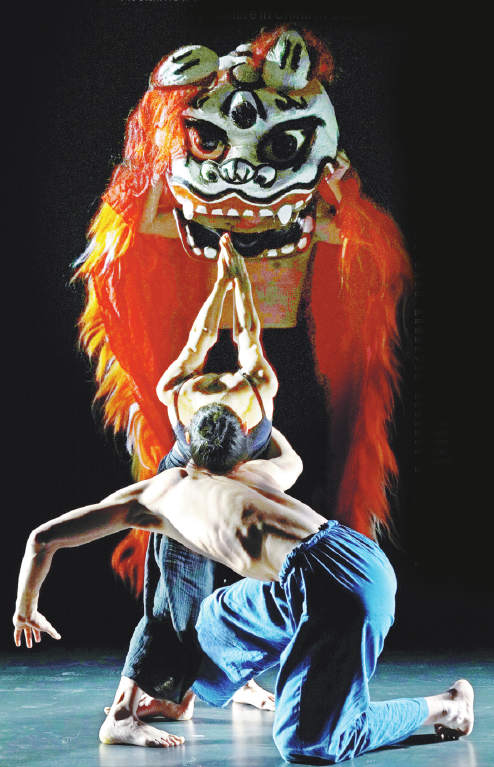
Acclaimed choreographer and dancer Yang Liping's rendition of The Rite of Spring to premiere in China in October, Cao Chen reports in Shanghai.
The Rite of Spring by Yang Liping, the iconic Chinese choreographer and dancer, will make its world premiere at the Yunnan Arts University in October before embarking on its global tour with its first stop being the Oct 19 to 21 Shanghai International Arts Festival.
The dance performance will then go on tour in cities including New York, London and Amsterdam.
Composed by Russian composer Igor Stravinsky, The Rite of Spring depicts primitive rituals celebrating the advent of spring, when a young girl is chosen as a sacrificial victim and dances herself to death.
Yang's interpretation of this revered work for dance in the 20th century, however, focuses on the perspectives of Chinese culture.
"Women's sacrifice in Western performance is filled with fear and doubt, but this act is more about voluntary and dedication in ethnic minority areas in China, such as Yunnan province, where similar ritual sacrifice occurs," said Yang, who is from the Bai ethnic group in Yunnan.
According to Yang, her interpretation of The Rite of Spring draws inspiration from symbols of nature, Chinese folk dance and traditional music, while incantation, sacrifice and reincarnation form the thematic structure.
Meanwhile, the peacock - it is the symbol of beauty, nature and life - is cast as the sacred bird in the production and it would eventually find empowerment in her sacrifice and be reincarnated. Yang has also infused her famous peacock dance moves into the performance which is based on traditional Tibetan and modern dance.
The performance will also feature a lion, which is an important symbol of Tibetan culture that symbolizes power, with his purpose being to accept the peacock's sacrifice.
The music is constructed in three sections. The first and last section will use a specially created score inspired by traditional music from Tibet while the second section uses the original The Rite of Spring by Stravinsky.


